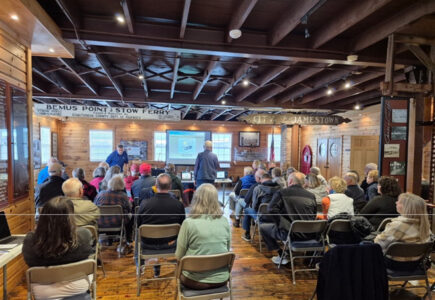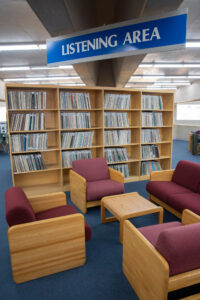SKF Sheds 1,700 European Jobs Amid Restructuring
Cash flow across SKF is up in the second quarter compared with the same period in 2024 in part due to the elimination of 1,700 positions across the company.
SKF owns and operates the SKF Aeroengine plant in Falconer. Company officials recently released SKF’s second quarter earnings statement. Net sales in the second quarter of 2025 were 23,166,000 Swedish Kroner, a decrease from 25,606,000 kroner in the same quarter in 2024. Organic growth decreased .2% in the second quarter of 2025, though that’s less than the 6.6% organic growth decrease SKF recorded in the second quarter of 2024. Adjusted operating profits decreased to 3,090,000 kroner, down from 3,324,000 kroner in the same period in 2024. Sales and profits for the first six months of 2025 show a decrease from 2024 half-year results.
At the same time, cash flow has increased to 2.8 billion kroner in the second quarter of 2025, up from 2.2 billion in the second quarter of 2024. Company officials also said the company’s rightsizing program is expected to generate 2 billion kroner savings by 2027, which will make SKF more competitive in the long term.
“To further enhance our competitiveness, the previously announced rightsizing of our Industrial business, enabled by
the Automotive separation, comprising a gross reduction of approximately 1,700 positions, primarily staff positions in Europe. With re-hires related to our ongoing strategic footprint shift, the net reduction is approximately 1,200 positions. These actions are difficult to take, but necessary to secure our future competitiveness,” said Rickard Gustafson, SKF CEO.
One of the bright spots on the company’s second quarter earnings statement is the performance of its Aerospace Division, which includes the Falconer plant. Gustafson said in a conference call with investor analysts that SKF is seeing strong growth in some industrial verticals in the Americas, including in aerospace and off-highway. The aerospace division accounted for 9% of SKF’s sales in the second quarter.
“One targeted market, where we have improved our performance through commercial excellence including portfolio prioritization and pricing activities, is aerospace,” Gustafson said. “Following the strategic review we started in 2023, our aerospace business has had 12% annual sales growth and an increased adjusted operating margin of 8pp between 2022 and 2025. We’re now well positioned for future profitable growth from attractive long-term contracts with major customers, an increased aftermarket presence, and an operational setup to serve our customers effectively. We are doing similar commercial initiatives in other parts of our industrial business to cater for long-term value creation.”
Earlier this year, The Post-Journal reported SKF USA’s Aeroengine Plant in Falconer is investing in additional equipment and automation tools to ramp up production of ceramic rolling elements for the electrified aircraft market, part of the emerging clean energy sector. Ceramic rollers and balls are 40 percent lighter than their equivalent steel rolling elements. The lighter-weight components help reduce fuel usage and enable the growth of the electrified aircraft market. SKF is focused on improving efficiency in the production line by adding a robotic arm to two existing loading and unloading machines. This project will allow for greater efficiency and increased output to meet the rising demand for these lighter-weight rollers.





